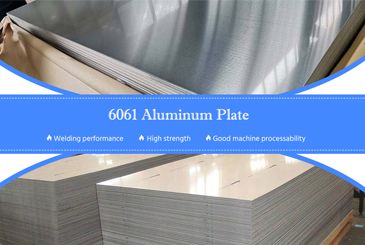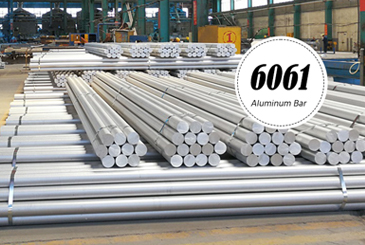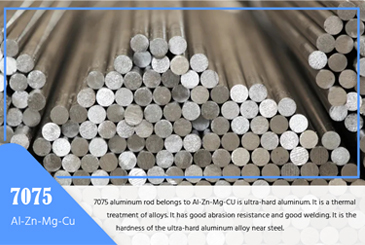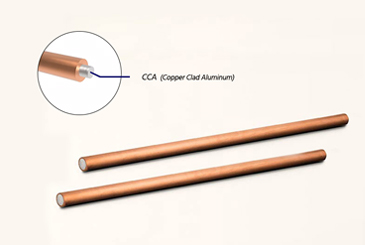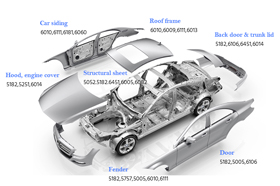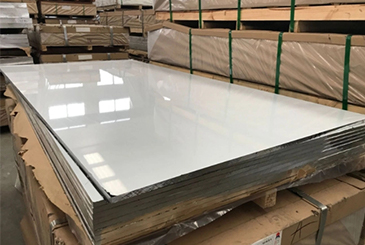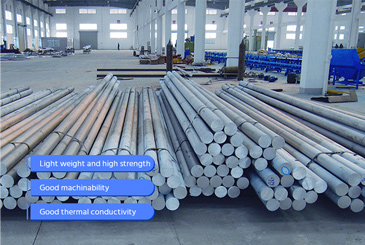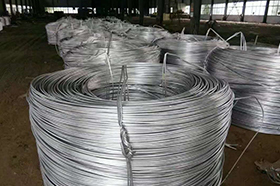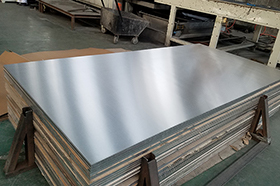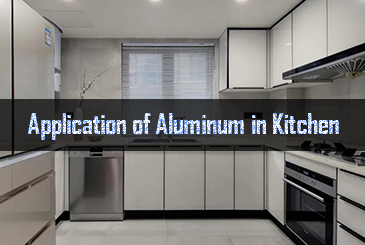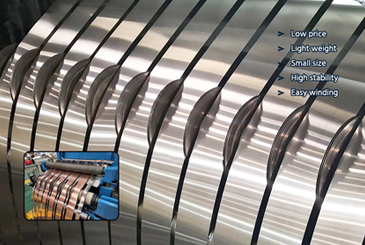1. Casting
The process of pouring molten metal into a mold to obtain a metal part with a specific shape, size, and properties after solidification.
2. Sand casting
A casting method in which castings are produced in sand molds.
3. Special casting
Other casting methods different from sand casting, such as investment casting, shell molding, ceramic mold casting, metal mold casting, die casting, low-pressure casting, centrifugal casting, continuous casting, etc.
4. Casting mold
A combination of molding sand, metal, or other refractory materials that includes the cavity forming the shape of the casting, cores, and the gating system. When molding sand is supported by a mold box, the mold box is also a part of the casting mold.
5. Ingot
A metal piece obtained by pouring molten metal into an ingot mold and solidifying it, used as metal feedstock for further processing, e.g., steel ingots, pig iron ingots, aluminum ingots, etc.
6. Tandem melting
A method of melting metal using two types of melting furnaces combined, such as converter-bessemer, converter-electric furnace, cupola-induction furnace, etc. The latter furnace is used for temperature adjustment, heating, composition adjustment, and refining.
7. Refining
The process of removing gases, impurity elements, and inclusions from liquid metal to improve the quality of the metal.
8. Vacuum refining
A metallurgical technique of refining molten metal in a vacuum furnace equipped with heating devices.
9. External refining
A method of refining molten metal outside the melting furnace to remove gases and impurities, adjust composition, and enhance the metal purity.
10. Filling capacity
The ability of liquid metal to fill the mold cavity, ensuring well-defined casting contours, mainly influenced by the fluidity of the metal during casting.
11. Filling velocity
The mass flow rate of liquid metal entering the mold cavity from the ingate, used to determine the cross-sectional area of the gating system.
12. Filling time
The time required for liquid metal to completely fill the mold cavity from the beginning of the pouring process.
13. Pouring temperature
The temperature at which liquid metal is poured into the mold cavity.
14. Pouring time
The time required for liquid metal to fill the mold cavity from the start of pouring until it is full.
15. Solidification
The process in which a liquid alloy or metal transforms into a solid state as the temperature drops below the liquidus or melting point.
16. Solidification time
The time a casting takes to go from the beginning of solidification to complete solidification, often approximated as the time from the end of pouring to the end of solidification.
17. Equilibrium solidification
A solidification principle that utilizes the dynamic combination of contraction and expansion due to solidification and the use of the feeding system to achieve proportional solidification. The riser is only used to compensate for insufficient self-feeding and should deviate from the casting's geometric hot spot.
18. Simultaneous solidification
A solidification principle aiming for minimal temperature variation across the mold cavity, resulting in simultaneous solidification. It reduces casting stress and the likelihood of hot cracking but may cause porosity in the center. Suitable for alloys with a wide solidification temperature range and low air tightness requirements.
19. Sequential solidification
A solidification principle where casting sections solidify successively from one part to another, often towards the riser or internal gate direction.
20. No solute redistribution solidification
A solidification mode where no solute atoms redistribute at the liquid-solid interface. All solute atoms remain trapped in the solid phase as it grows.
21. Contraction
The reduction in volume and size that occurs during the cooling process of a casting alloy from liquid to room temperature, including liquid contraction, solidification contraction, and solid contraction.
22. Liquid contraction
The volume reduction that occurs in a metal due to temperature decrease while it is in the liquid state.
23. Solidification contraction
The volume reduction that occurs during the solidification stage of molten metal. Pure metals and alloys with constant solidification temperature experience contraction solely due to the liquid-to-solid phase change. Alloys with a certain solidification temperature range experience both the contraction from phase change and the contraction due to temperature drop.
24. Solid contraction
The volume reduction that occurs in a metal as it cools down in the solid state. It leads to size reduction in all three dimensions.
25. Liquid-solid contraction
The volume reduction that occurs from pouring temperature to the end of solidification, including both liquid contraction and solidification contraction.


